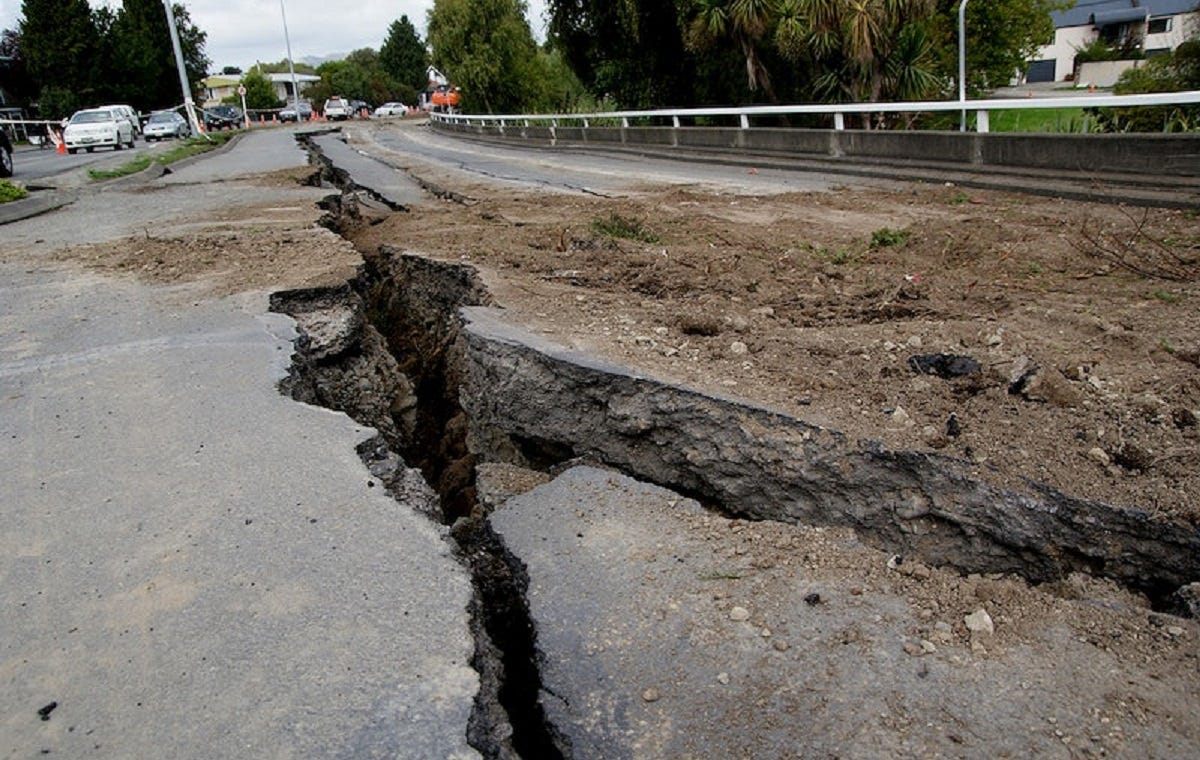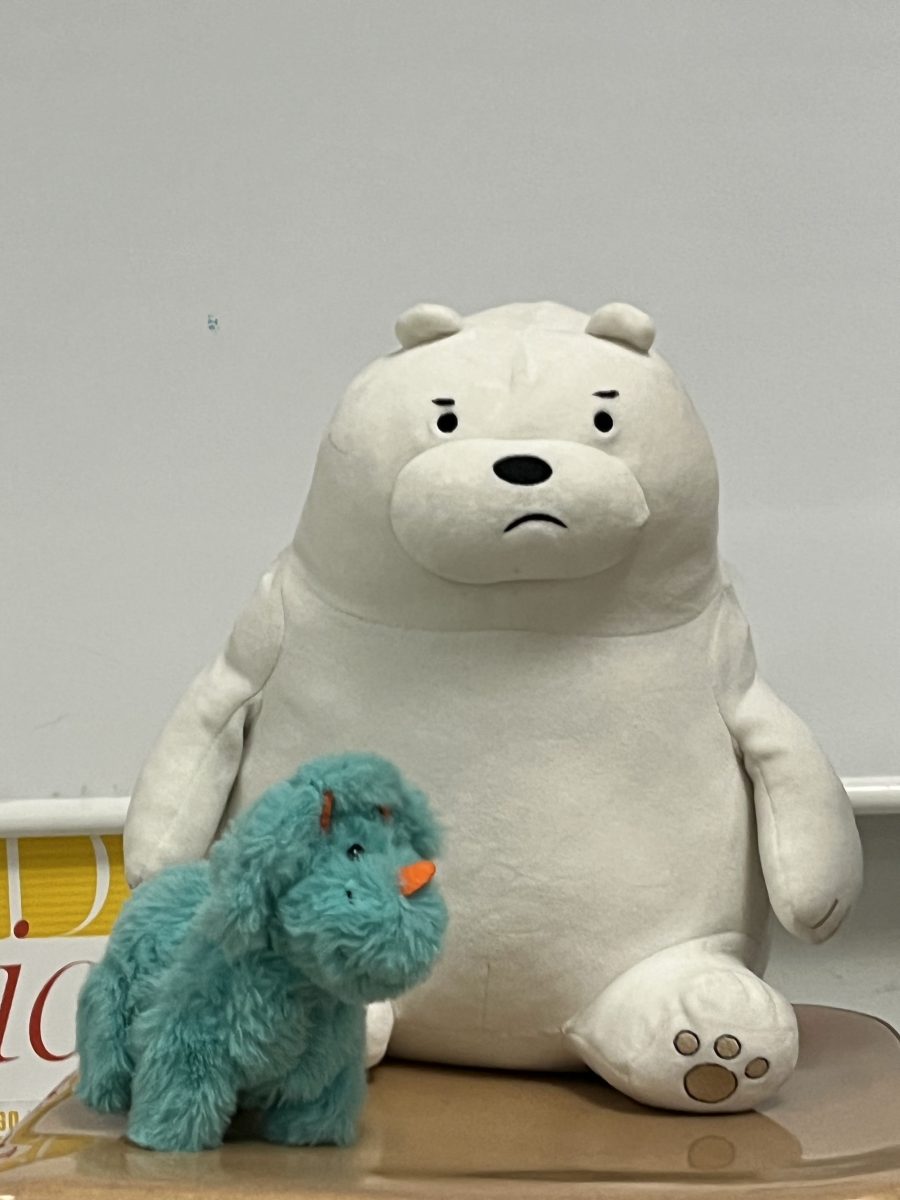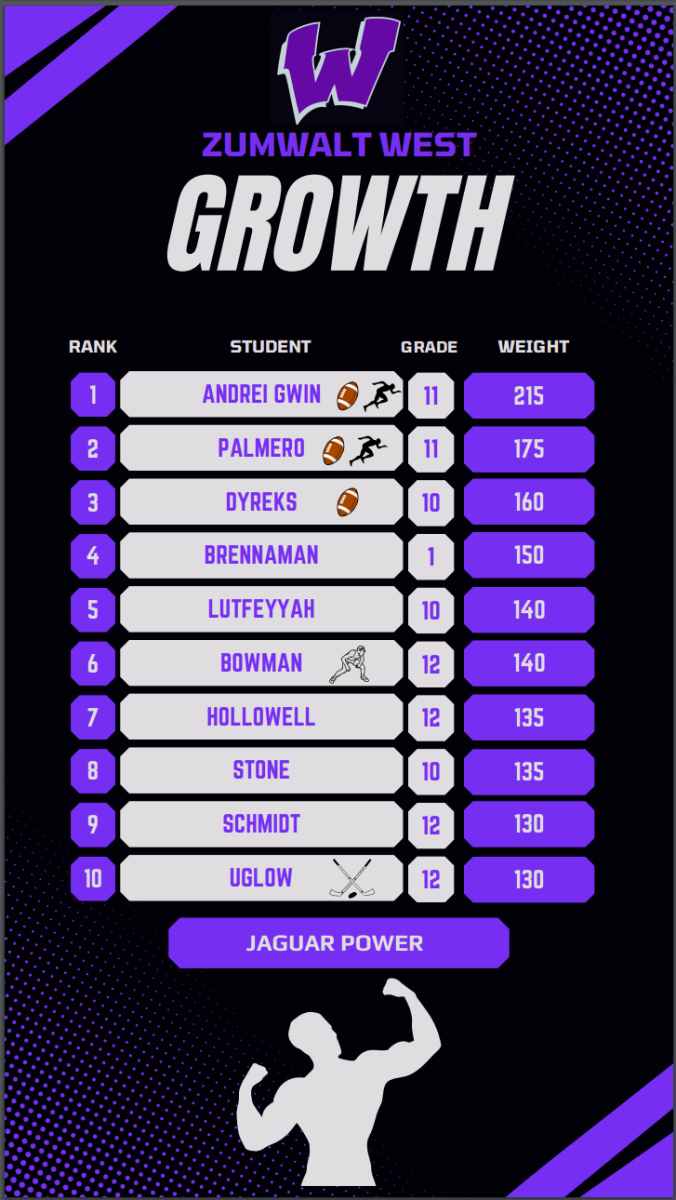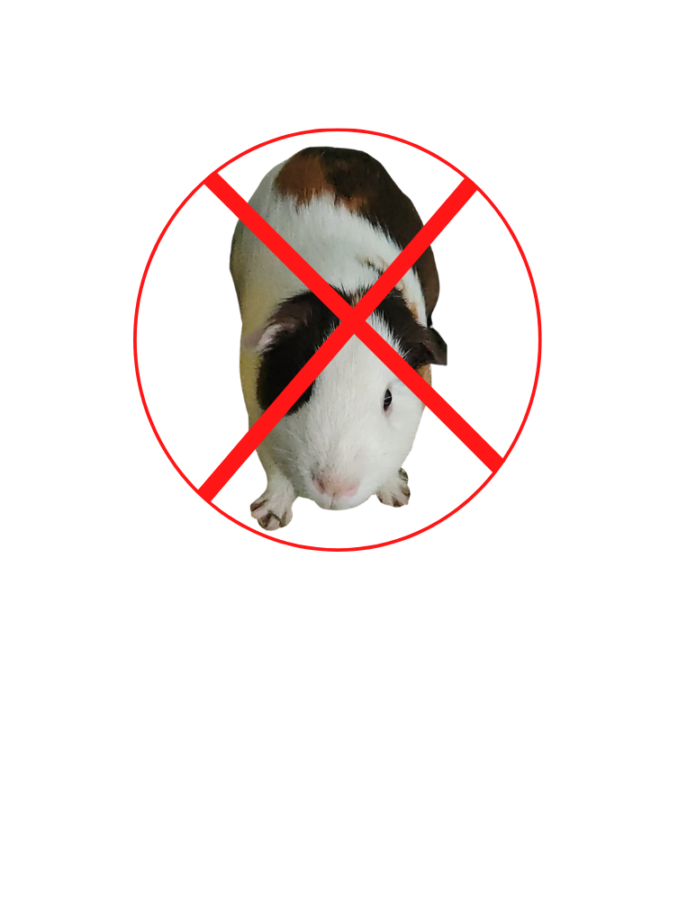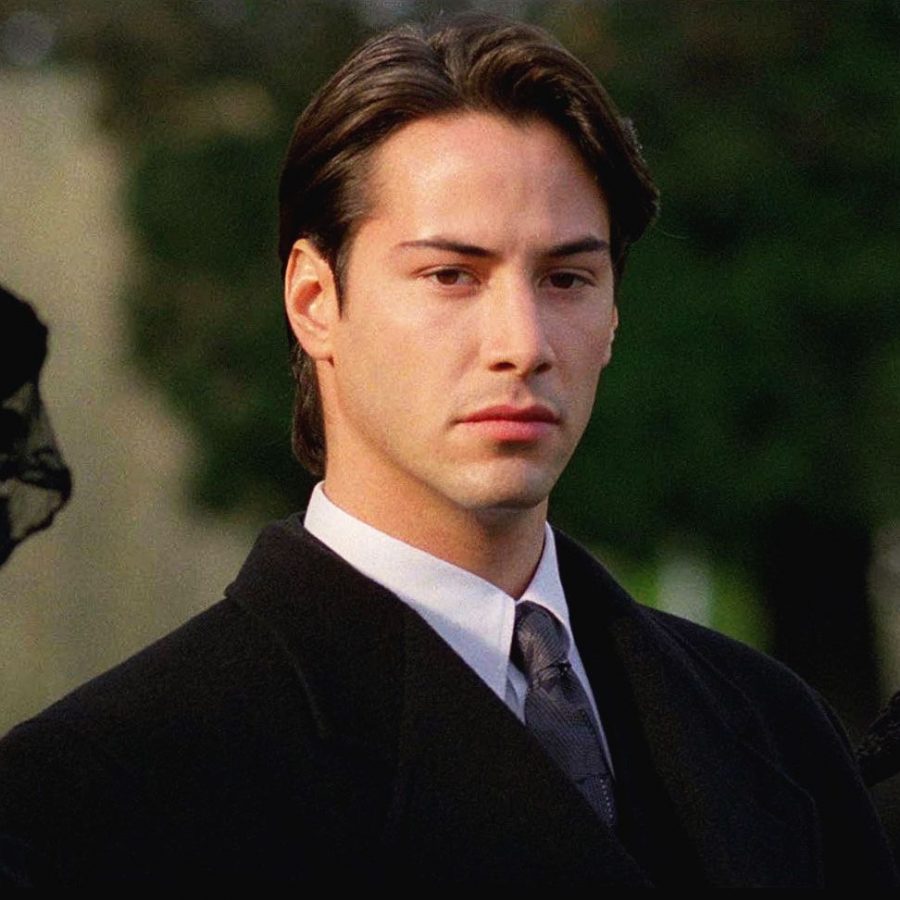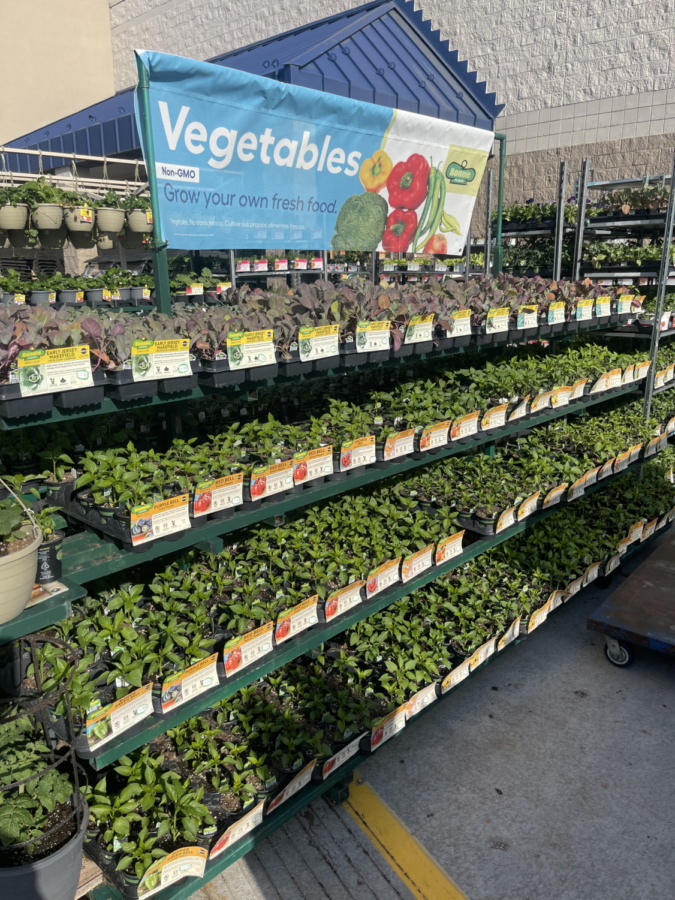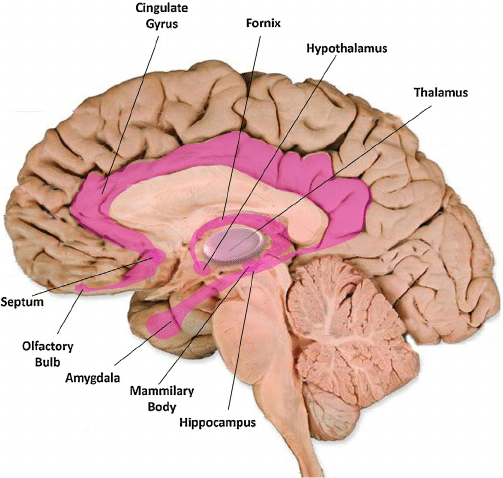Getting a Green Thumb
How to start a garden
Transplant seedlings being featured in Home Depot’s gardening section.
Starting an at-home garden serves as a hobby, a way of getting healthy food and an opportunity to observe nature. Whatever the case, an efficient garden requires a plan to thrive.
Acquire basic gardening tools
One of the first steps of starting any garden is to find or purchase gardening tools. At the least, one will need a sturdy shovel or spade for transporting the soil and planting. Other helpful tools may include a potting soil scoop which will fill pots and planters, and hand pruners or a sharp pair of scissors which will assist in cutting stems and branches, all according to masterclass.com.
Determine the climate zone
A region’s climate at certain seasons plays a role in deciding when to begin planting. One’s climate zone will determine the best time for plants to grow and the frost date, which is the point where vegetation will begin to die, according to masterclass.com. The area of O’Fallon, for example, is located in zone six. This zone has a medium length growing season, with the first frost date being Nov. 1 and the last frost date being May 1. This means that the ideal time to start a garden in O’Fallon is between the months of May and Oct., according to ufseeds.com.
Decide what to grow
The local climate determines the best produce to plant in an area. Root vegetables such as carrots and potatoes can be planted as the growing season begins. Later into the season, some of zone six’s ideal vegetables include eggplant, tomato, pepper, okra and cucumber, according to extension.missouri.edu.
Aside from the types of fruits and vegetables to plant, one must also decide whether to grow from seeds or transplant seedlings. Seeds may cost less, but raising them is a long and risky process. Some seeds may be reluctant to sprout, while others take a long time to grow big enough to produce anything. Transplanting seedlings can save the worry of sprouting, but it varies how well they will take root in a new environment. A factor of buying transplant seedlings is that smaller sprouts are more likely to root in new soil, all according to masterclass.com.
Create the garden bed
A garden bed is one option for where to grow plants. A raised garden bed is where the soil is elevated off of the ground. Alternatively, a ground-level garden bed can be made with aisles dug to prevent trampling the plants. These beds give roots space to grow as long as the plants are spaced well enough apart, according to npr.org.
After deciding the type of bed one wants, it is time to prepare to lay the soil. Weeds can be pulled by hand as long as the roots are also removed to prevent further growing. After removing any impeding vegetation, spread high nutrient soil over the desired growing space and begin planting, according to masterclass.com.
Care for the garden
The final step to creating a garden is to efficiently maintain it. A plants’ needs change over the seasons. In spring, keep an eye out for weeds that steal sunlight and nutrients from the soil. Summer demands a well-watered garden; fall is the time to collect the final produce and begin cleaning up. Throughout all seasons, plants will communicate their needs through their appearance. For instance, a yellow leaf may require pruning, and a collapsing plant could need a stake. Paying attention to the plants’ behavior can be an effective way to be sure that a garden is thriving, according to masterclass.com.



